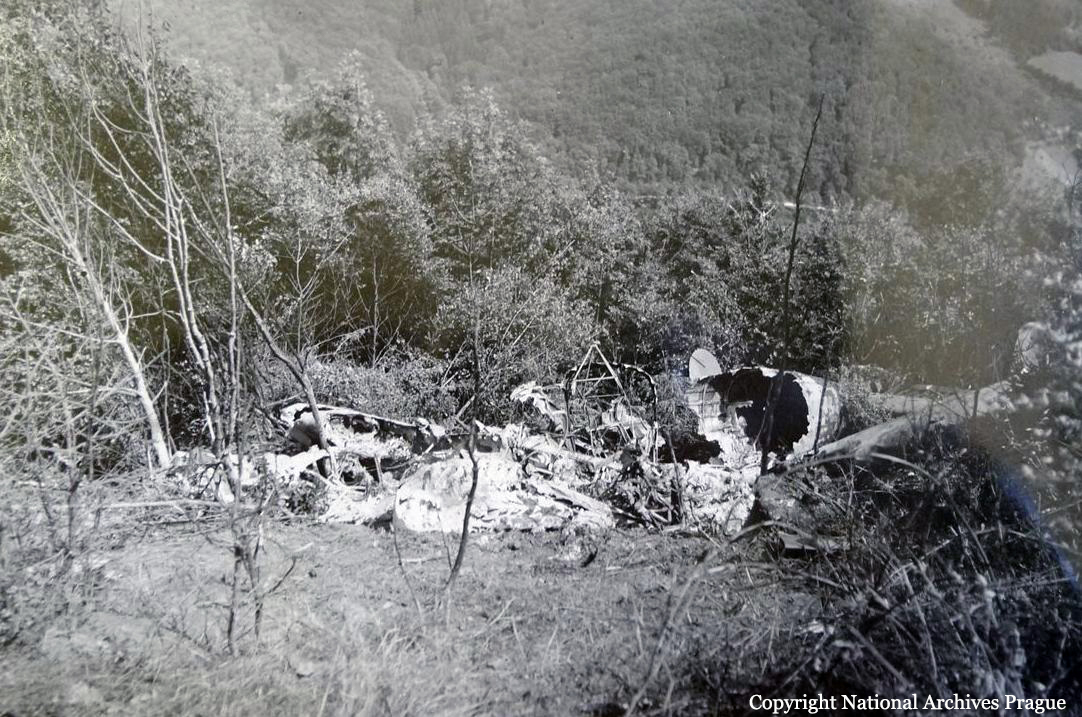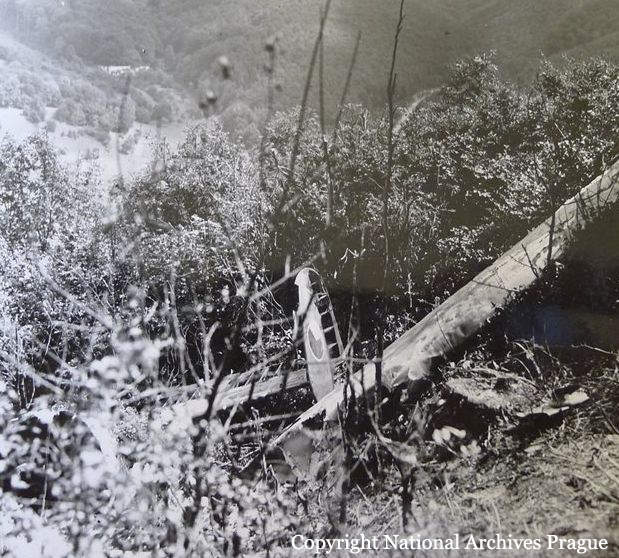Crash of an Avro 652 Anson T.20 in RAF Newton: 6 killed
Date & Time:
Dec 4, 1953
Registration:
VS507
Survivors:
Yes
Schedule:
Newton - Newton
Crew on board:
7
Crew fatalities:
Pax on board:
0
Pax fatalities:
Other fatalities:
Total fatalities:
6
Circumstances:
The crew was performing a local training flight at RAF Newton. On final approach, the pilot encountered poor weather conditions and sighted the runway after passing the last cloud layer at a height of 200 feet. Due to few patches of fog, he lost the runway and decided to make a go around. The aircraft slightly climbed then stalled and crashed in a huge explosion. Six crew members were killed while a seventh was seriously injured. It was reported that the total weight of the aircraft was above the max landing weight, which was considered as a contributory factor.











